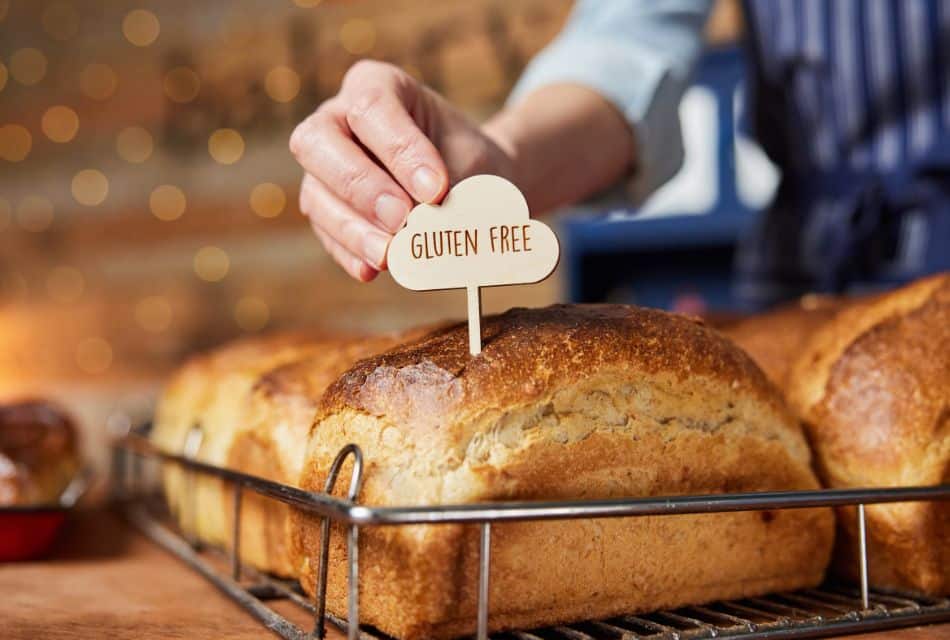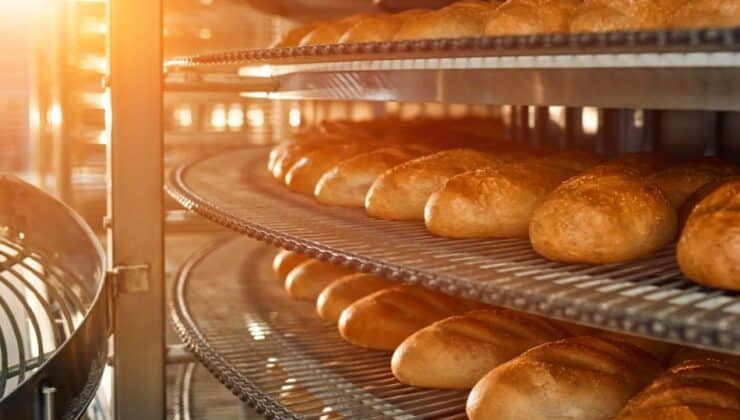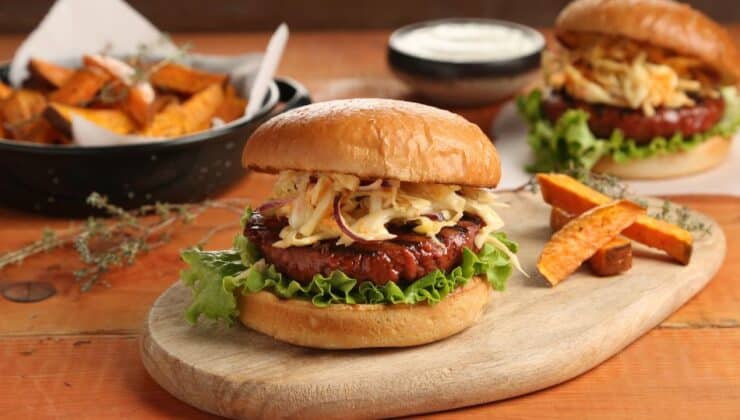Bread has been a staple food in the human diet for thousands of years and gluten has been linked to the history of bread since its beginnings as an inseparable companion.
Now, things have changed, people with coeliac disease and gluten intolerance have forced a turnaround and the bakery industry has changed with them and for them.
And it continues to do so.
Currently, according to data from the Spanish Federation of Coeliac Associations, FACE, around 2% of the population is diagnosed with coeliac disease, being more frequent in women than in men; and there are around 75% of potential coeliacs undiagnosed, among other reasons, because they present symptoms that differ from traditional clinical symptoms.
People who are sensitive or intolerant to gluten, i.e. those whose symptoms manifest themselves exclusively in the digestive system, are not easily quantifiable, although studies indicate that they may account for between 0.6 and 10 % of the population.
In both cases, both for coeliacs and for people intolerant or sensitive to gluten, the bakery industry, through multiple projects in different R&D&I departments, has not stopped researching, since the middle of the last century, possible food solutions that allow coeliacs and gluten-sensitive people to enjoy quality bakery products.
And when we talk about quality, we are referring to both nutritional and organoleptic quality, so that the absence of gluten does not necessarily imply low-quality products, without good sensory characteristics, and which, moreover, harden after a few hours.
Because gluten, which is the sum of two components, gliadin and glutein, is responsible for bread made from the most common cereals – wheat, rye, spelt, etc. – having that spongy, crunchy appearance and a durability that, in general, is proportional to the quality of the raw materials used to make it.
Basically, bread, without food additives, is a dough made from ground cereal grains with gluten, water and yeast which, when fermented, produces CO2 which is retained by the gluten, resulting in a leavened dough and a traditional, crusty bread with a spongy crumb.
This is the challenge that the bakery industry is pursuing: to achieve gluten-free bread for people with coeliac disease or gluten intolerance but with the organoleptic qualities of traditional bread.
And the results are increasingly promising.
In this context, Molendum Ingredients, a subsidiary of the Dacsa Group, offers the bakery industry gluten-free flours as excellent quality raw materials for making bread in different formats or various bakery products. It is also committed to accompanying the process as a partner that collaborates in the development of new product ranges, and at the level of each customer.
And at the level required by each customer to meet the demands of a growing gluten-free market for people with coeliac disease, gluten intolerance or simply for those who want to do without gluten at certain times in their diet.
Molendum guarantees gluten-free milling of ancient grains, milled from maize, rice, quinoa, buckwheat or amaranth, to produce gluten-free products.
Products with their own personality that the bakery industry offers consumers so that they can enjoy bread and pastries without having to give up the sensory qualities of gluten products and, at the same time, protecting their diet from the undesirable effects that gluten has on their organism, seriously damaging their health.





